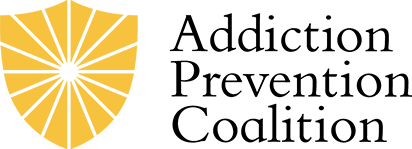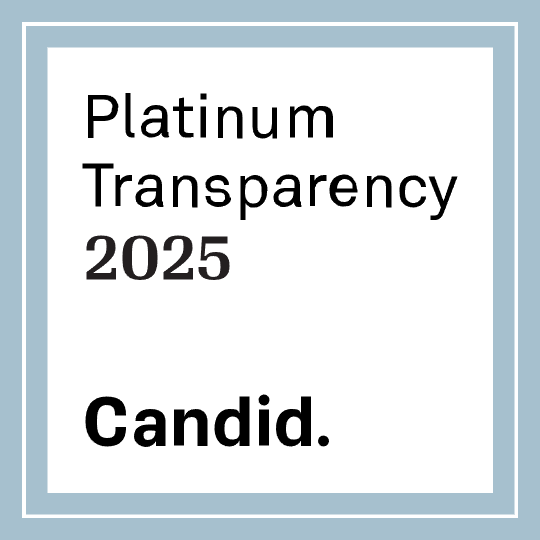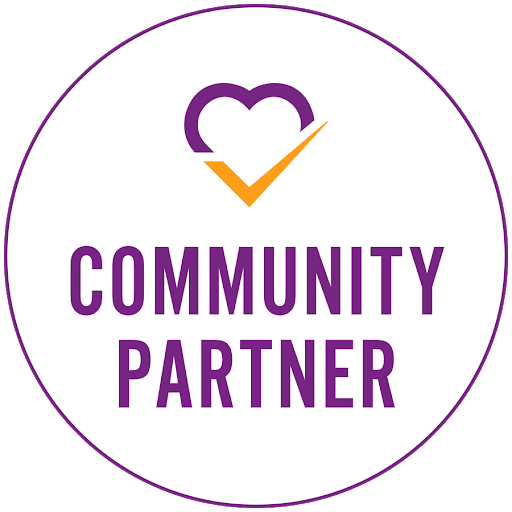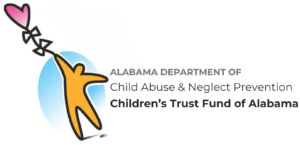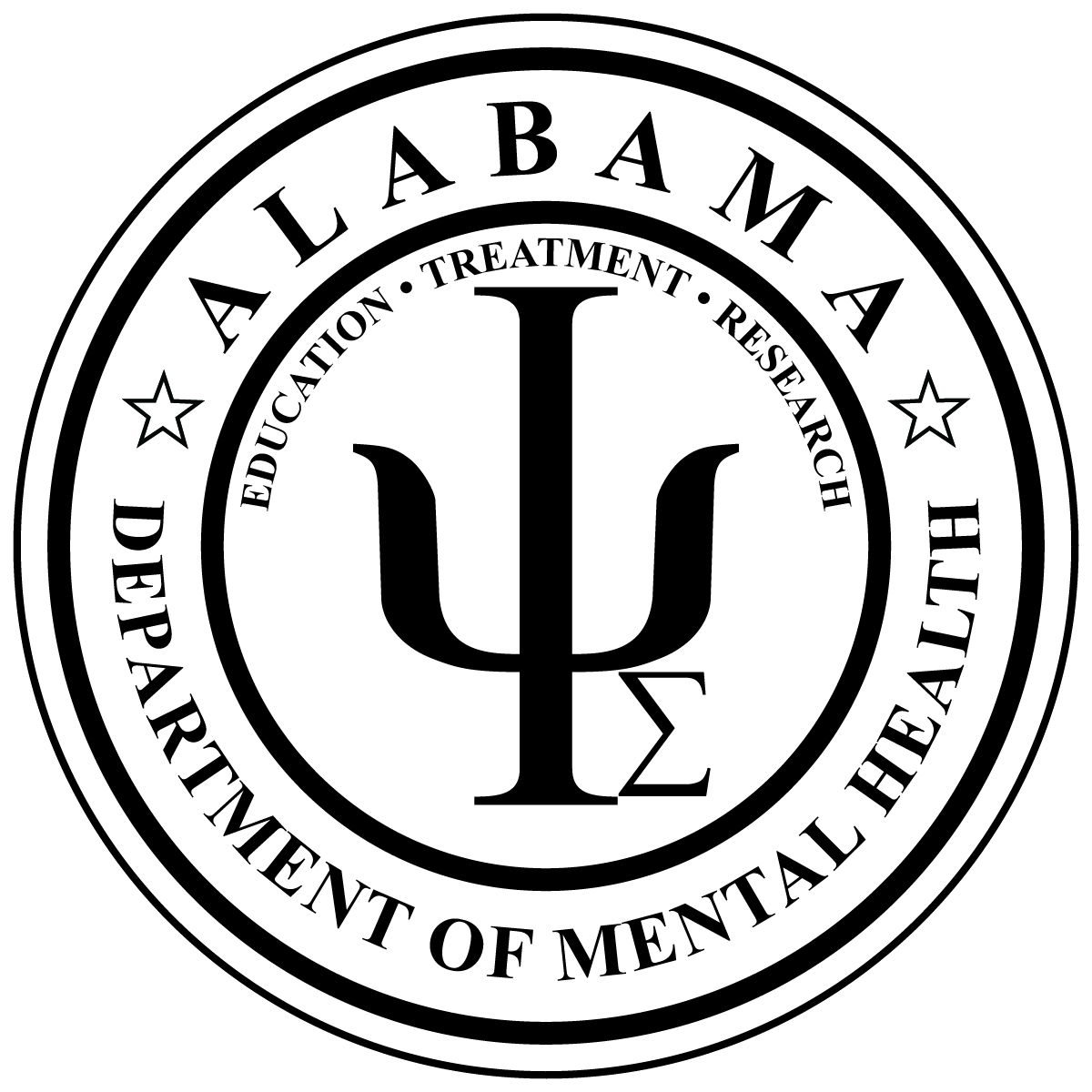Red Ribbon Week is the United States’ largest and longest-running drug abuse prevention campaign. It is sponsored by the National Family Partnership (NFP), formerly known as the National Federation of Parents for Drug-Free Youth. The NFP is a leader in substance abuse prevention, education, and advocacy, and its mission is to promote healthy, drug-free youth.
Red Ribbon Week, which takes place the last week of October (October 23-31, 2022) is celebrated by public  health organizations, harm reduction centers, advocacy groups, and school districts. Since the first Red Ribbon Week celebration was held in 1988, the NFP’s mission has reached millions of people and helped communities all over the world.
health organizations, harm reduction centers, advocacy groups, and school districts. Since the first Red Ribbon Week celebration was held in 1988, the NFP’s mission has reached millions of people and helped communities all over the world.
If you grew up in America’s public school system in the ‘90s or 2000s, you may remember celebrating Red Ribbon Week at school and learning all about substance abuse prevention, but you may not be aware of the history behind it.
Why the Red Ribbon? The Story of Enrique (Kiki) Camarena
During Red Ribbon Week, you may see schools and organizations handing out small red ribbons that you can pin on your shirt. Wearing the red ribbon symbolizes a commitment to living a healthy, drug-free lifestyle, but where did the red ribbon come from, and what is the significance behind it?
The origins can be traced back to early 1985 shortly after DEA Agent Enrique (Kiki) S. Camarena was kidnapped and murdered while extremely close to discovering a multi-billion dollar drug pipeline. On February 7, 1985, 37-year-old Special Agent Camarena was on his way to meet his wife, Mika, at a luncheon when five armed men threw him into a vehicle and sped off.
His body was not discovered until a month later on March 5, located in a shallow grave, but February 7th was the last day anyone saw him alive. It was later determined that the men who kidnapped him were the drug traffickers that he was investigating in Mexico and that they had brutally tortured and murdered him.
Shortly after his death, which angered communities across the nation, former congressman Duncan Hunter of California and a high school friend, Henry Lozano, launched the “Camarena Clubs” in Camarena’s hometown, Calexico, California. The group grew rapidly and soon, hundreds of club members began wearing red ribbons to raise awareness of the killing and destruction caused by drugs in America. They also wanted to honor Camarena’s sacrifice.
Members took a pledge to lead drug-free lives in honor of the sacrifices Camarena and other agents have made on behalf of the entire country–giving the red ribbon the meaning that it has today.
The Evolution of Red Ribbon Week Throughout History
 Over the next three years, the Camarena Clubs gained popularity throughout California and then throughout the U.S. Much of this popularity is thanks to former First Lady Nancy Reagan who brought the club to national attention in 1985.
Over the next three years, the Camarena Clubs gained popularity throughout California and then throughout the U.S. Much of this popularity is thanks to former First Lady Nancy Reagan who brought the club to national attention in 1985.
By the summer of 1985, parent groups had sprung up in California, Illinois, and Virginia, all of whom promoted wearing red ribbons nationwide at the end of October to demonstrate opposition to drugs.
In 1988, with former President Ronald Reagan and First Lady Nancy Reagan serving as honorary chairpersons, Red Ribbon Week was officially formalized by the National Family Partnership (NFP).
Today, Red Ribbon Week is an annual celebration during which schools, communities, workplaces, and other organizations pledge to live drug-free lives, educate youth about the dangers of substance abuse and drugs in the community, and encourage substance abuse prevention. An estimated 80 million people participate in Red Ribbon Week celebrations and events, ranging from 5K races and parades to substance abuse education and prevention classes.
2022 Red Ribbon Week Theme
Red Ribbon Week has a new theme each year. The 2022 theme is “Celebrate Life. Live Drug-Free.” According
to the official Red Ribbon website, “the theme is a reminder that everyday Americans across the country make significant daily contributions to their communities by being the best they can be because they live Drug-Free!”
How to Get Involved
There are several ways you and your loved ones can show your support for Red Ribbon Week. You can:
- Donate directly to the Red Ribbon Campaign – the Red Ribbon Campaign relies on donations as well as its affiliations with non-profits, community coalitions, and parent groups. For every $1 invested in drug prevention, $7 is saved in addiction treatment.
- Wear a red ribbon to demonstrate your support – You can purchase red ribbons and other Red Ribbon merchandise at https://www.redribbon.org/. Your purchases go toward helping support substance abuse prevention efforts.
- Share Red Ribbon Week campaign material with your school, workplace, or kids – Event
 planning guides, promotional material, and flyers can be downloaded on the Red Ribbon website. Share the information with your community to encourage others to get involved, or host an event yourself!
planning guides, promotional material, and flyers can be downloaded on the Red Ribbon website. Share the information with your community to encourage others to get involved, or host an event yourself! - Take the National Red Ribbon Campaign Pledge – Parents and youth can pledge to be drug-free and sign up for regular newsletters from the Red Ribbon Campaign. You can find the parent pledge and youth pledge here: https://www.redribbon.org/pledge
Today, opioid overdoses kill more than 136 people on a daily basis.[3] Fentanyl is in everything, and experimenting with drugs, even once, is more dangerous than it has been ever before. The best way to prevent an overdose is always abstinence and drug abuse prevention, and a great way to commit to sobriety and spread awareness about addiction is to get involved in this year’s Red Ribbon Week celebrations.
References:

